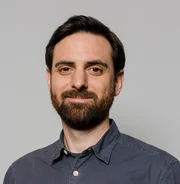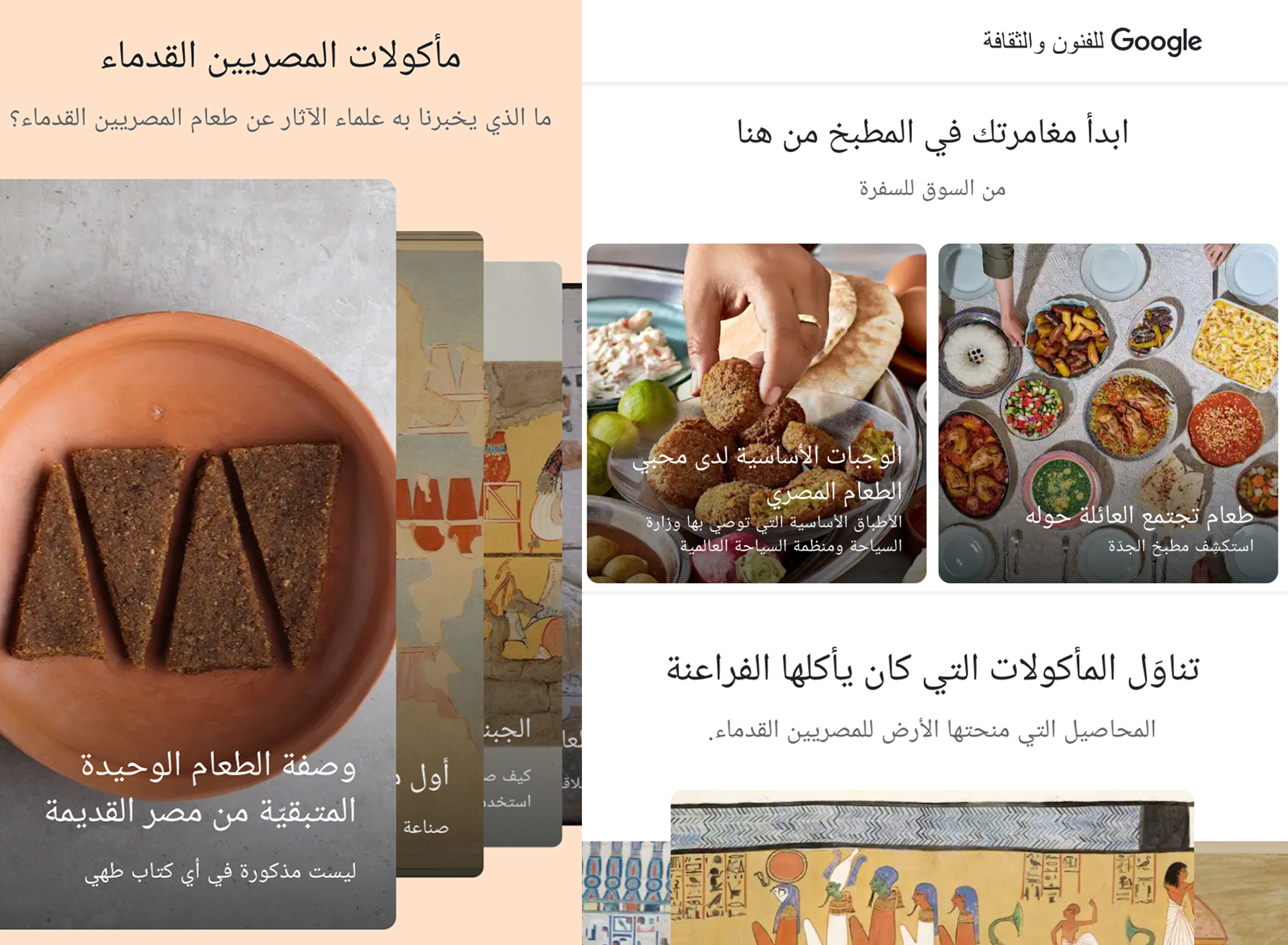Discover hieroglyphs and pharaonic culture with artificial intelligence

There are many mysteries yet to be uncovered about pharaonic culture. The discovery of the Rosetta Stone, over 200 years ago today, was a milestone in helping researchers and archaeologists to understand hieroglyphs that were used by Ancient Egyptians. However, this was often a long and manual process which is why Google Arts & Culture launched a new tool, powered by machine learning, that can help decode Egyptian hieroglyphs into Arabic and English.
The tool, called Fabricius, will provide people around the world with an interactive experience to learn about hieroglyphs, while facilitating the work of Egyptologists and raising awareness about the history and heritage of the ancient Egyptian civilization.


Through machine learning Fabricius will help Egyptologists, researchers and archaeologists to speed up the process of collating, cataloguing and understanding ancient hieroglyphs. Fabricius also allows people to learn about hieroglyphs in a fun and engaging way and to write and share their own messages using hieroglyphs. Culture-lovers will also be able to browse through a dedicated online page on Google Arts & Culture highlighting pharaonic culture, including King Tutankhamun, the Pyramids of Giza and the Book of the Dead.
Fabricius is Google’s latest effort to promote the rich history and heritage of the Middle East. Over the past decade, we have captured imagery of over 20 historical landmarks and sites, including the Pyramids of Giza in Egypt, Petra in Jordan, Sheikh Zayed Grand mosque in the United Arab Emirates, Baalbeck & the Temple of Jupiter in Lebanon and the Amphitheatre of El Jem in Tunisia and more, to make them accessible on Google for everyone to virtually explore. We also added digital exhibitions of Palmyra and the Ummayed mosque in Syria which can be found on the Arts & Culture website and app.
Fabricius can be found on the free Google Arts & Culture app that makes the art, heritage and cultural wonders of over 2000 cultural institutions from around the world more accessible. Everyone can experience these treasures through technologies such as Virtual or Augmented Reality, high resolution imagery, Street View and much more. Fabricius was created in collaboration with the Australian Center for Egyptology at the Macquarie University in Australia, Psycle Interactive, Ubisoft and Egyptologists around the world.




